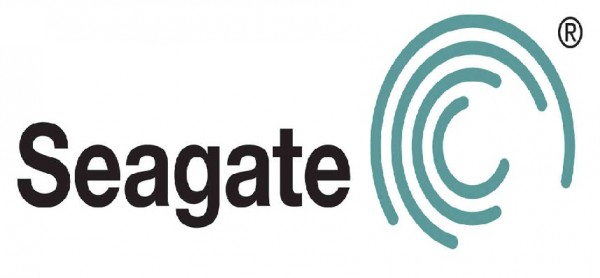Seagate Announces Enterprise-Grade SSDs With 10GB/Second Throughput
| Phenny Lynn Palec | | Mar 09, 2016 05:28 PM EST |
(Photo : YouTube) Seagate has debuted new enterprise class PCIe solid state drives.
Seagate on Monday unveiled its newest enterprise class PCIe solid state drives. Seagate claims that it is the fastest SSD in the market and will be released later this summer.
Seagate is planning to flaunt the new SSDs at the Open Compute Project Summit. The company is yet to release the official specs list of its newest SSD, but rumors has it that it has an immensely fast transfer speed.
Like Us on Facebook
Seagate claims that the newest PCIe x16 unit can churn out a 10GB/second throughput. On the other hand, the PCIe x8 has a throughput of 6.7GB/second. While some tech experts believe that this speed refers to the SSD's sequential performance, the tech community agrees that it is still an impressive figure.
According to TechSpot, the Seagate SSDs that uses the PCIe x8 lane, which is fastest eight-lane SSD on the market.
The new SSDs will be marketed under the NVMe banner. The biggest question now is what controller are used for these drives. As of this writing, most NVMe SSD controllers support up to 4 PCIe lanes, except the PMC-Sierra which supports 8-lane controllers.
According to AnandTech, Seagate has an internal development team with SandForce. On the other hand, tech experts are a bit skeptical whether the team can create a large controller as soon as possible. Moreover, some experts believe that the new Seagate SSDs are not based on third-party controllers.
Seagate said that the new SSDs are specifically designed for enterprise applications that demand blazing fast storage. These applications include real-time data processing, statistical analysis, weather modelling and high-speed cloud infrastructure.
A rendering provided by Seagate shows four M.2 SSDs connected into a single PCIe x16 expansion card. Tech analysts believe that by employing this design, Seagate was able to achieve the blazing fast transfer speed it claims. The rendering also reveal a heat sink since most of these drives can get pretty hot during continuous use.
TagsSeagate, Seagate SSD, SSD, ultrafast SSD, Seagate new SSD, SSDs, solid state drive
©2015 Chinatopix All rights reserved. Do not reproduce without permission
EDITOR'S PICKS
-

Did the Trump administration just announce plans for a trade war with ‘hostile’ China and Russia?
-

US Senate passes Taiwan travel bill slammed by China
-

As Yan Sihong’s family grieves, here are other Chinese students who went missing abroad. Some have never been found
-

Beijing blasts Western critics who ‘smear China’ with the term sharp power
-

China Envoy Seeks to Defuse Tensions With U.S. as a Trade War Brews
-

Singapore's Deputy PM Provides Bitcoin Vote of Confidence Amid China's Blanket Bans
-

China warns investors over risks in overseas virtual currency trading
-

Chinese government most trustworthy: survey
-

Kashima Antlers On Course For Back-To-Back Titles
MOST POPULAR
LATEST NEWS
Zhou Yongkang: China's Former Security Chief Sentenced to Life in Prison

China's former Chief of the Ministry of Public Security, Zhou Yongkang, has been given a life sentence after he was found guilty of abusing his office, bribery and deliberately ... Full Article
TRENDING STORY

China Pork Prices Expected to Stabilize As The Supplies Recover

Elephone P9000 Smartphone is now on Sale on Amazon India

There's a Big Chance Cliffhangers Won't Still Be Resolved When Grey's Anatomy Season 13 Returns

Supreme Court Ruled on Samsung vs Apple Dispute for Patent Infringement

Microsoft Surface Pro 5 Rumors and Release Date: What is the Latest?














